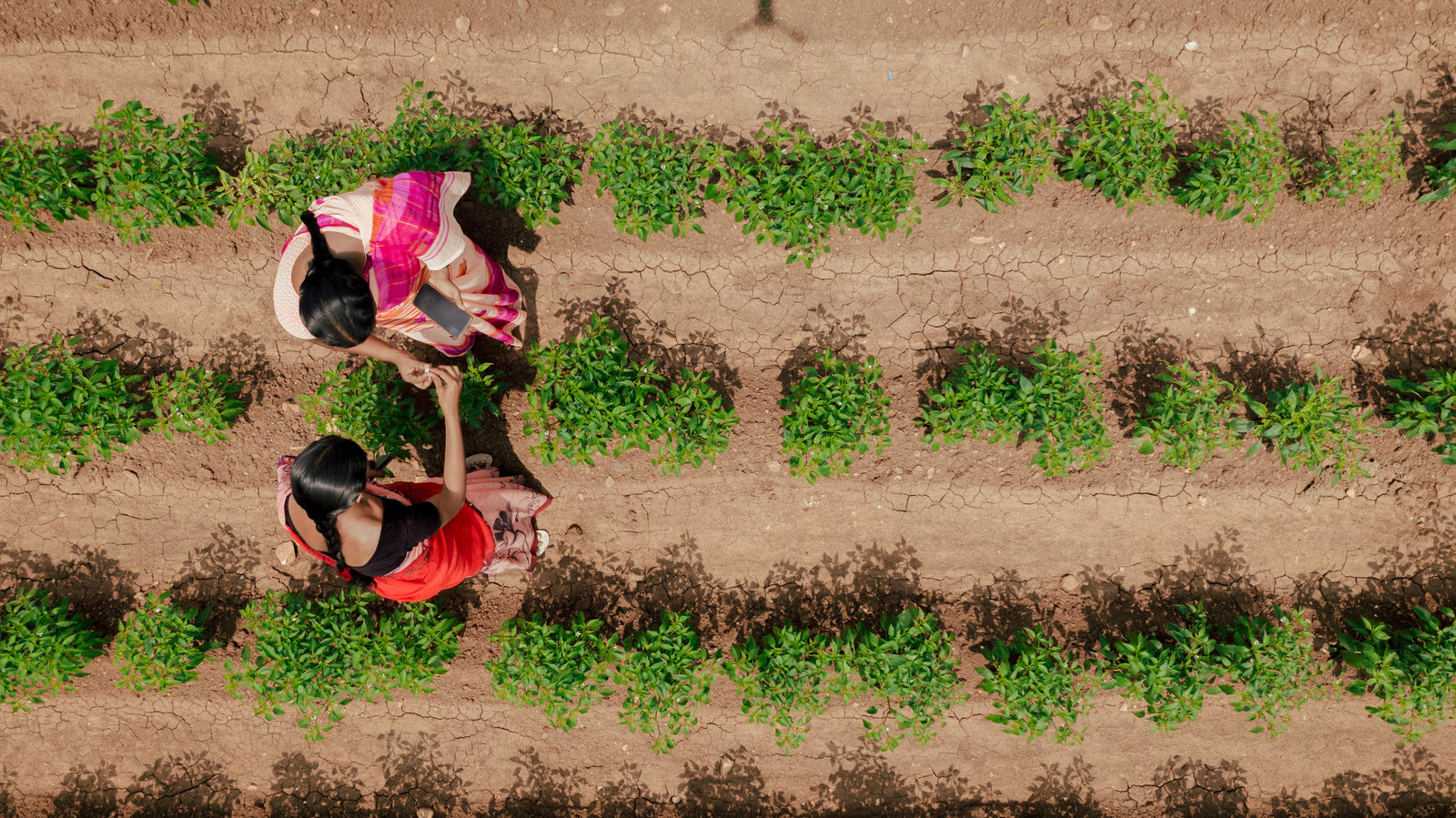Sunday, 12 October 2025

Image Source: www.inventiva.co.in
In an era where the algorithms of artificial intelligence threaten to overshadow the agrarian imperatives of the developing world, Google has launched a bouquet of open-source AI initiatives, carefully calibrated to serve the variegated tapestry of Indian agriculture, languages, and cultural multiplicity. At the heart of this endeavour lies the AMED API—or Agricultural Monitoring and Event Detection, a technological testament to the convergence of satellites and soil.
In what one might call a digital reincarnation of India’s Green Revolution, the AMED API harnesses the powers of machine learning, satellite surveillance, and three-year historical datasets to provide unparalleled field-level granularity. It can divine—without divining rods—the sowing dates, harvesting cycles, crop typologies, and field dimensions across the length and breadth of Bharat’s agricultural expanse.
More than a mere tool, AMED is an epistemological leap—an invitation to developers, agri-startups, and digital dreamers to co-create a future in which agriculture is no longer the laggard in the technological procession but a front-runner of innovation-led resilience.
Complementing this agrarian awakening is Google DeepMind’s collaboration with the venerable IIT Kharagpur, under the rubric of the Amplify Initiative—a noble attempt to ensure that the LLMs (large language models) of tomorrow do not merely echo Western epistemes, but are richly informed by India’s multilingual polyphony and cultural chiaroscuro. It is a salutary effort to ensure that the digital deities we now worship speak not just English or Mandarin, but Kannada, Maithili, and Meitei.
Agriculture in India: Promise and Paradox
Yet for all this digital munificence, a sobering reality persists. According to the World Economic Forum’s 2025 report, less than 20 per cent of Indian farmers have embraced digital tools. The average Indian kisaan ekes out a paltry $1,500 per annum, insufficient to pay for bespoke AI analytics or precision farming dashboards. Fragmented landholdings—averaging 1.08 hectares—compound the difficulty, rendering economies of scale elusive and ROI (return on innovation) an abstraction for most rural households.
Moreover, the surfeit of untested, top-down tech interventions has bred a cautious technoskepticism among farmers. Trust, not technology, is the true deficit.
From Open Data to Open Destiny
It is precisely this chasm between potential and praxis that Google’s open-source gambit seeks to bridge. By democratizing access to powerful APIs like AMED, and unshackling agricultural data from the fetters of proprietary control, Google is catalysing a shift from extractive digital models to participatory, bottom-up innovation.
If wielded judiciously, such tools could empower localised agri-entrepreneurs, climate-resilient planners, and progressive farmer collectives to usher in a new model of “AI for Anndata”—where artificial intelligence becomes not an esoteric luxury but an embedded enabler of everyday cultivation.
The Algorithm and the Plough
Yet let us be clear-eyed: AMED is but an instrument, not a panacea. Real transformation will require synergistic action—where open data is buttressed by open minds, inclusive policies, and ground-level engagement. What we are witnessing is not merely a technological update, but a philosophical repositioning—where the binary no longer pits silicon against soil, but marries them in a hopeful matrimony.
India’s farmlands, once romanticised as the beating heart of our civilisation, have now become testing grounds for some of the most consequential questions of our time: Can AI feed the world without deepening digital divides? Can code coexist with culture? Can innovation remain inclusive?
In betting on the Indian farmer, and by extension, on India’s agrarian soul, Google has cast a long-term wager—that the revolution of the byte can uplift the rhythms of the bullock cart, that algorithms and ancient knowledge need not be antagonists, but allies in the shared harvest of sustainable progress.